Kadir Nelson
Posted
|
Views: 1,081
Kadir Nelson
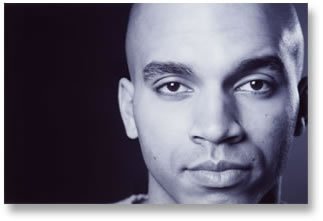
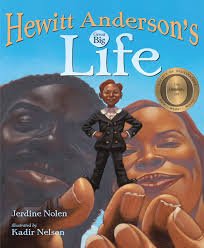


Books written by
Kadir Nelson
Books illustrated by
Kadir Nelson

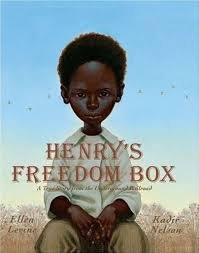
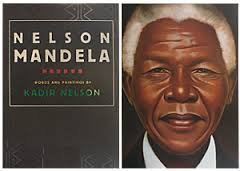

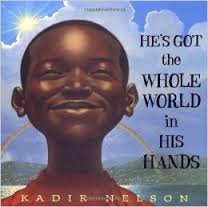

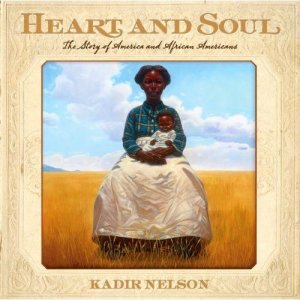
Book Awards
Nelson is a two-time Caldecott Honor Award winner. He received an NAACP Image Award for the book Just the Two of Us. For his book, We Are The Ship: The Story of Negro League Baseball, he received the 2008 CASEY Award for best baseball book, the 2009 Coretta Scott King Author Award, and the 2009 Robert F. Sibert Informational Book Award. His book, Nelson Mandela, was a Coretta Scott King honor book in 2014.
Interviews with Kadir
All About Kadir
Nelson began drawing at the age of three, displaying artistic acumen before he could write or spell. "I have always been an artist," Nelson explains. "It's part of my DNA." At age eleven, he was apprenticed by his uncle, an artist and art teacher. Later, he began entering his paintings in art competitions and ultimately won an art scholarship to study at Pratt Institute in Brooklyn, NY. Upon graduating with honors, Nelson began his professional career as an artist, publishing his work and receiving commissions from publishers and production studios such as Dreamworks, Sports Illustrated, Coca-Cola, The New York Times and Major League Baseball, among others.
Nelson started his career in children's books when an editor asked him to illustrate Big Jabe, written by Jerdine Nolen, as a result of winning an award from the New York Society of Illustrators. Around the same time, actress Debbie Allen asked if he would be interested in illustrating a book based on one of her stage productions, Brothers of the Knight.
Nelson won a 2008 Caldecott Honor for Henry's Freedom Box, written by Ellen Levine. In this stirring, dramatic story of a slave who mails himself to freedom, Nelson combined his own style of painting with a cross-hatched style of illustration he found used in a historial lithograph from 1850 that documented Henry's arrival to Philadelphia. "The challenge that comes with illustrating historical picture books is finding accurate references," states Nelson. "Deciphering between what is accurate, and what is not."
What I Like About Kadir
During my search for authentic African American children’s literature, I stubble upon the author Kadir Nelson and found myself intrigued by the artist’s unique illustrations. I found it very refreshing that Kadir was so adamant on incorporating historic facts into the publications of his works. The softness and tone of Kadir’s illustrations speak to the ideals of hope and perseverance, both to African Americans and Americans in general. The fact that this author comes from an architectural background gives you the sense that he is interested in establishing a solid foundation in every aspect of his work.
 Magazine Posts
Magazine Posts Table of Contents
Table of Contents